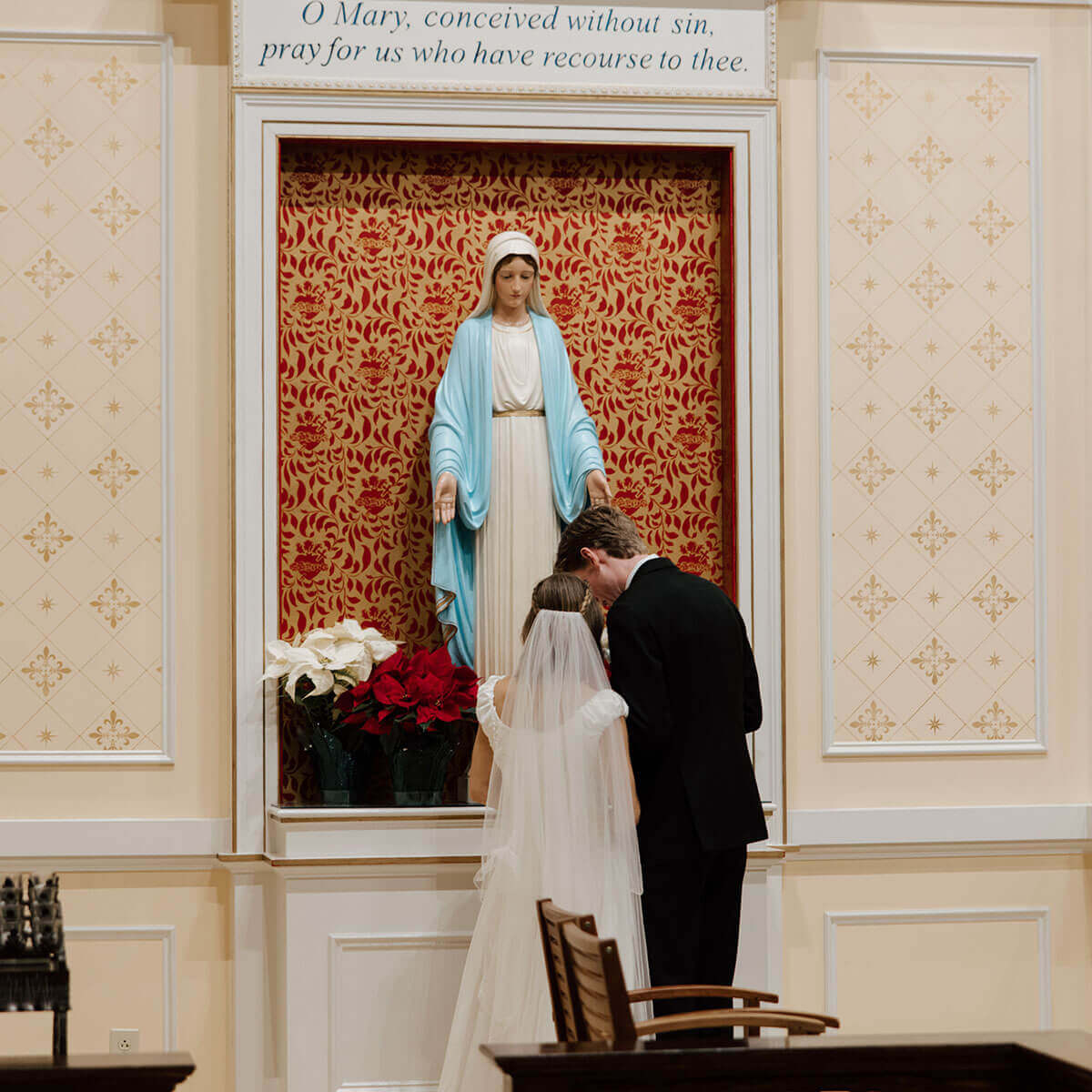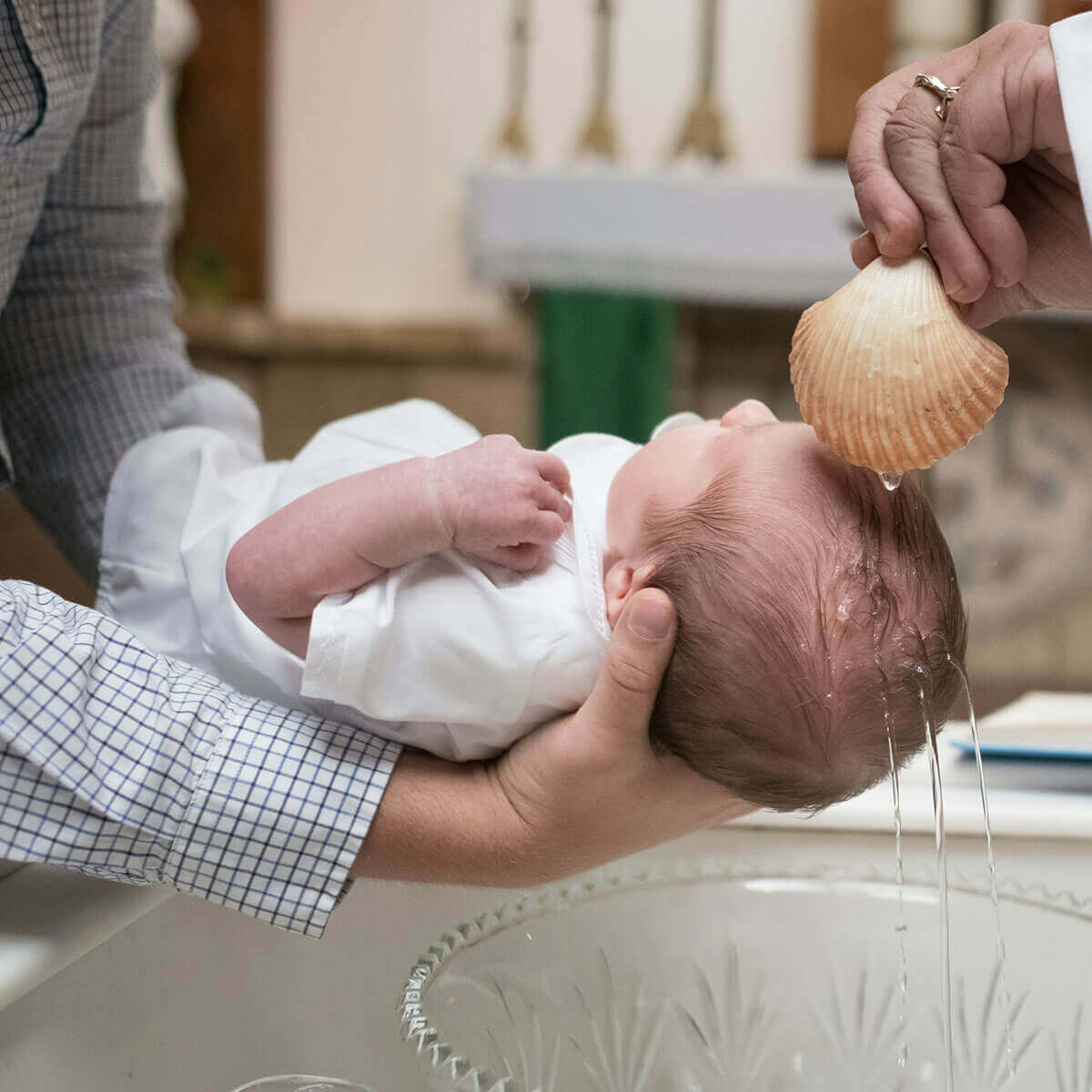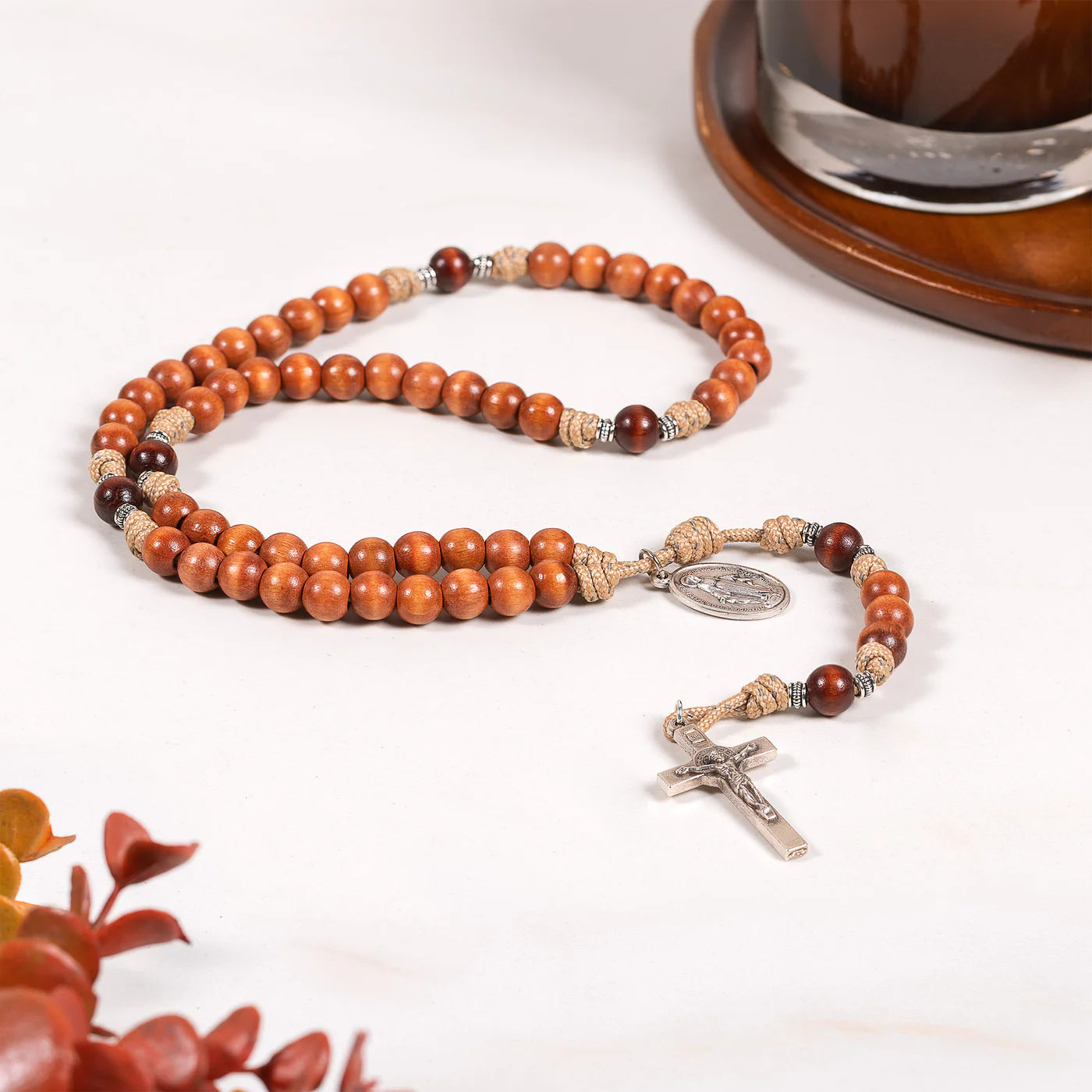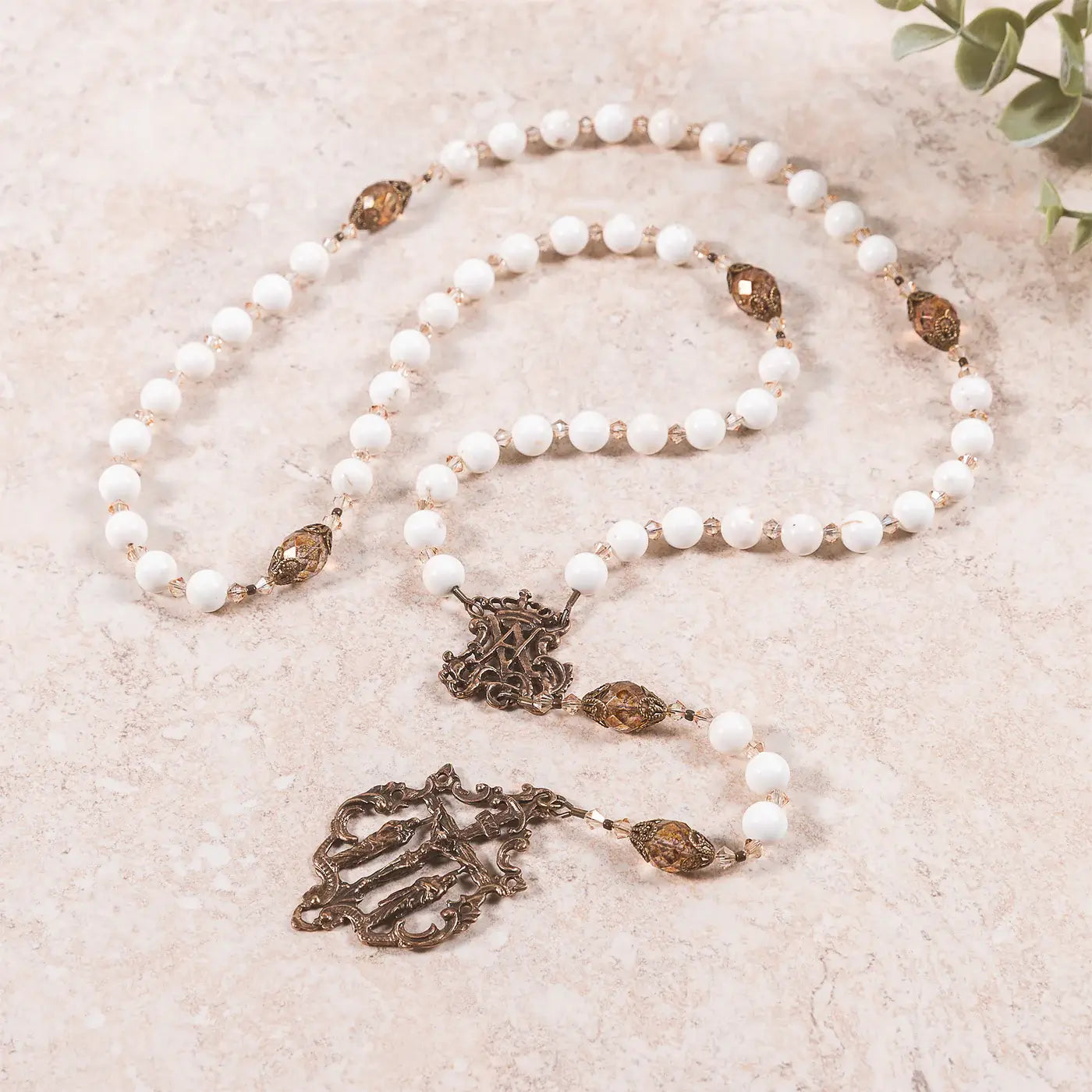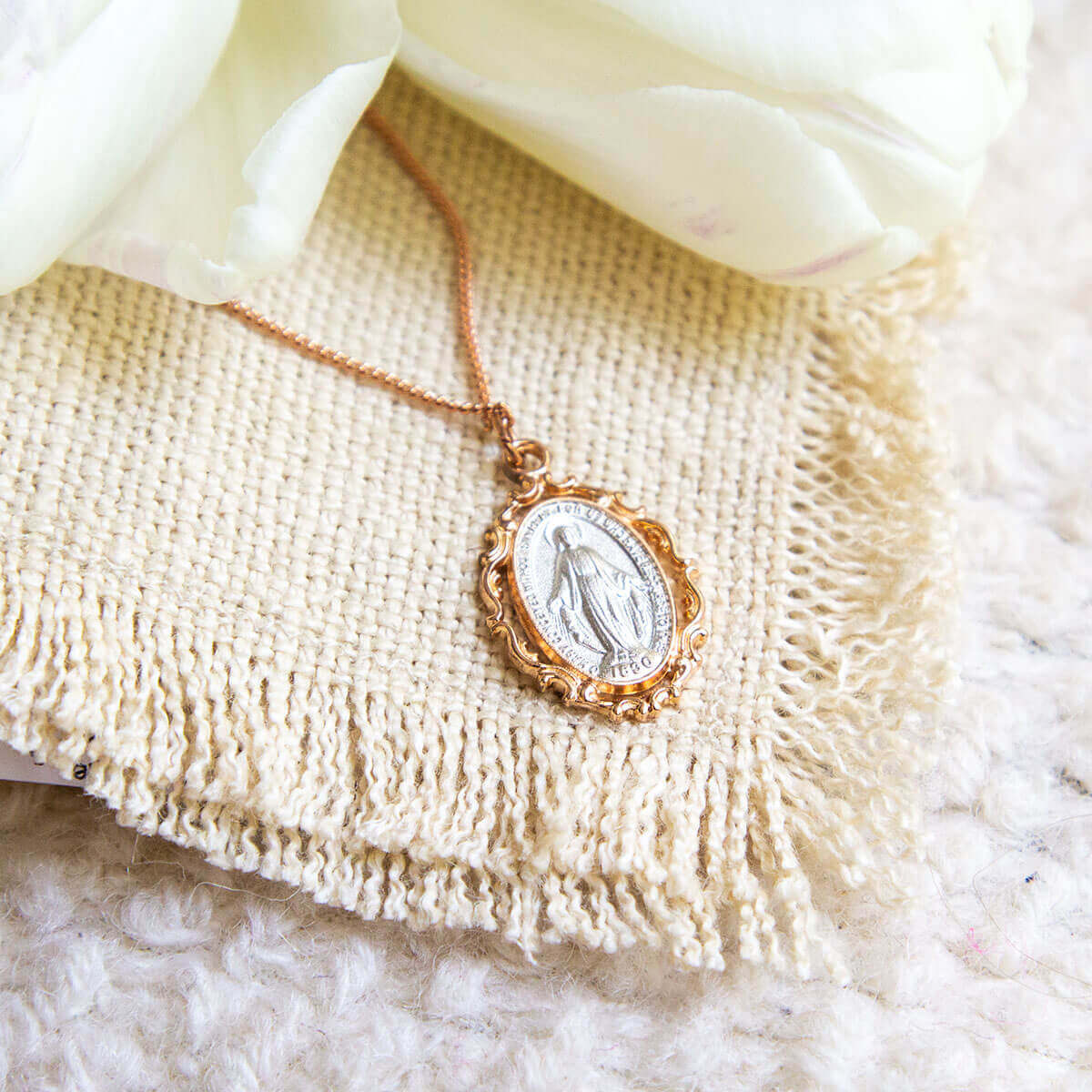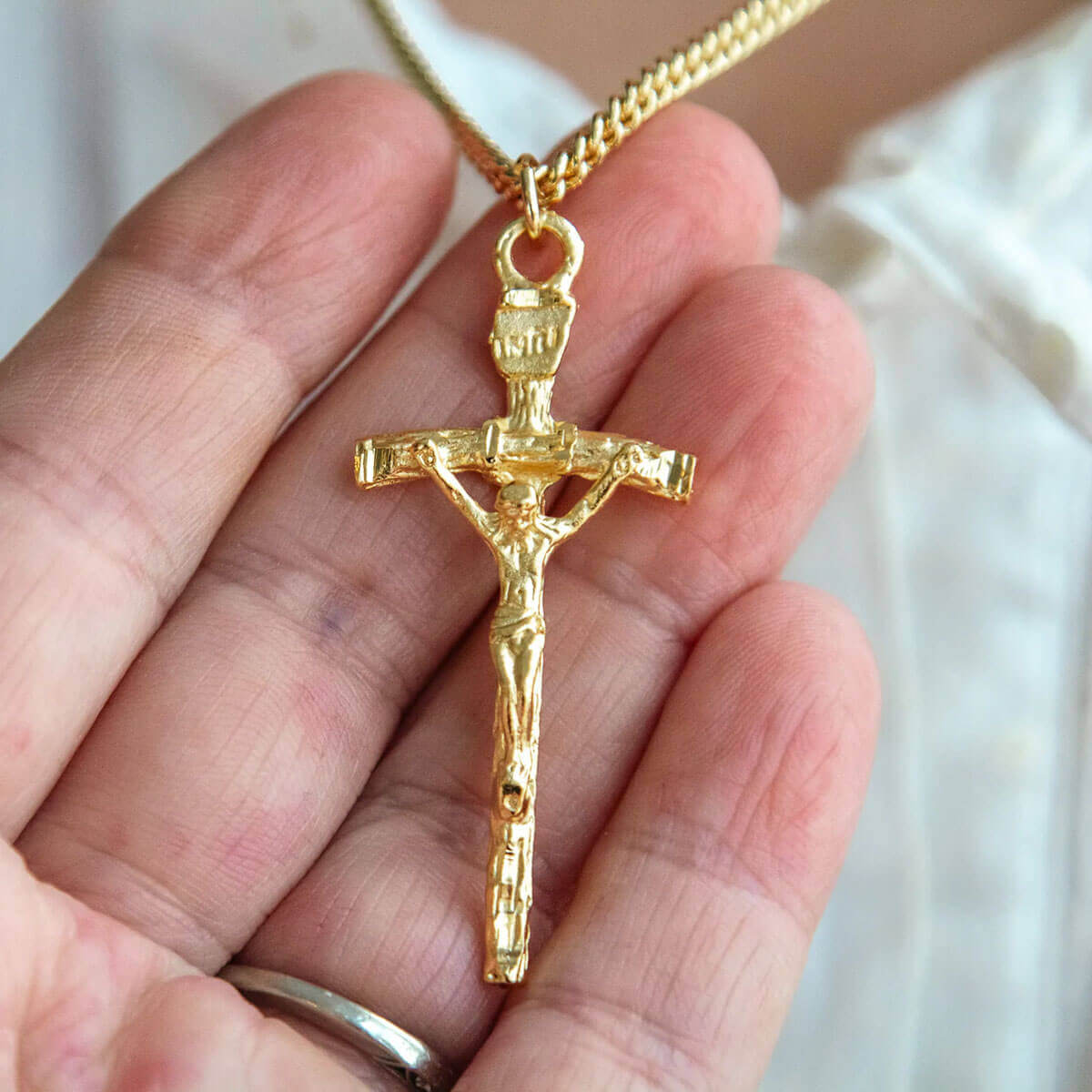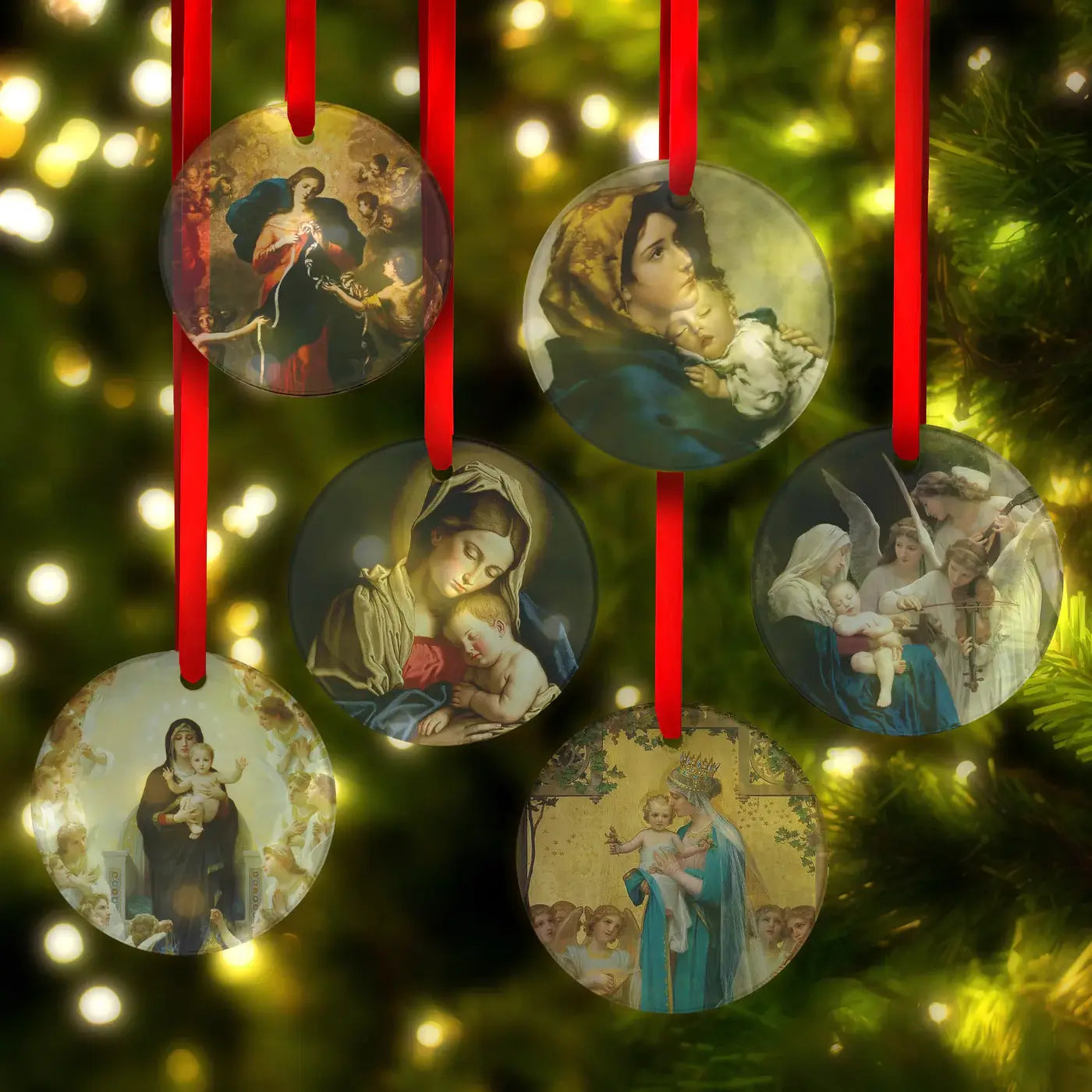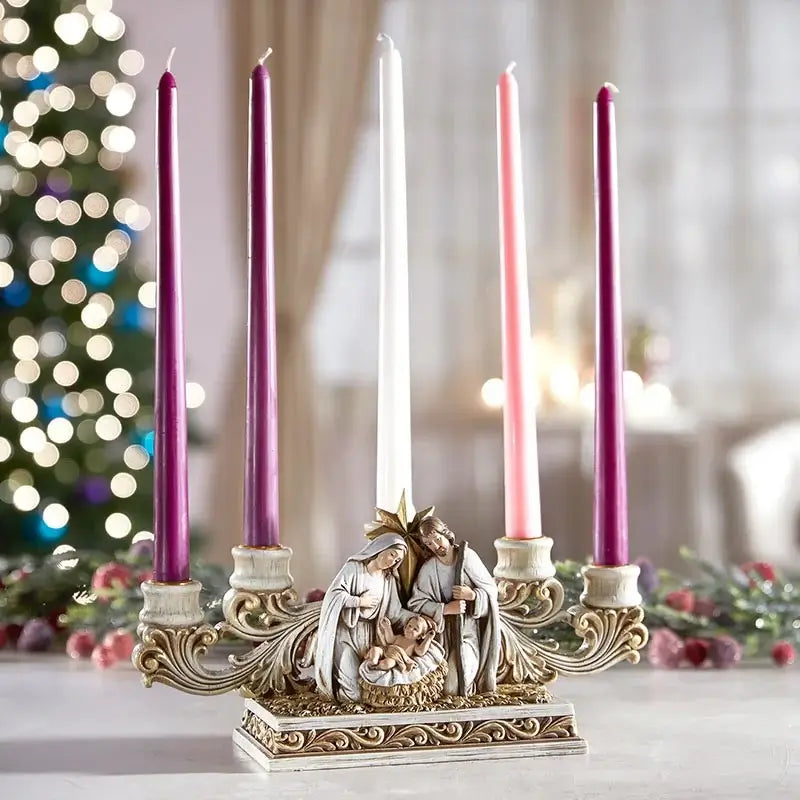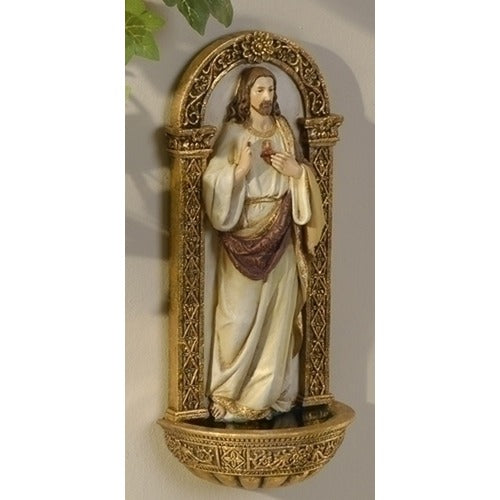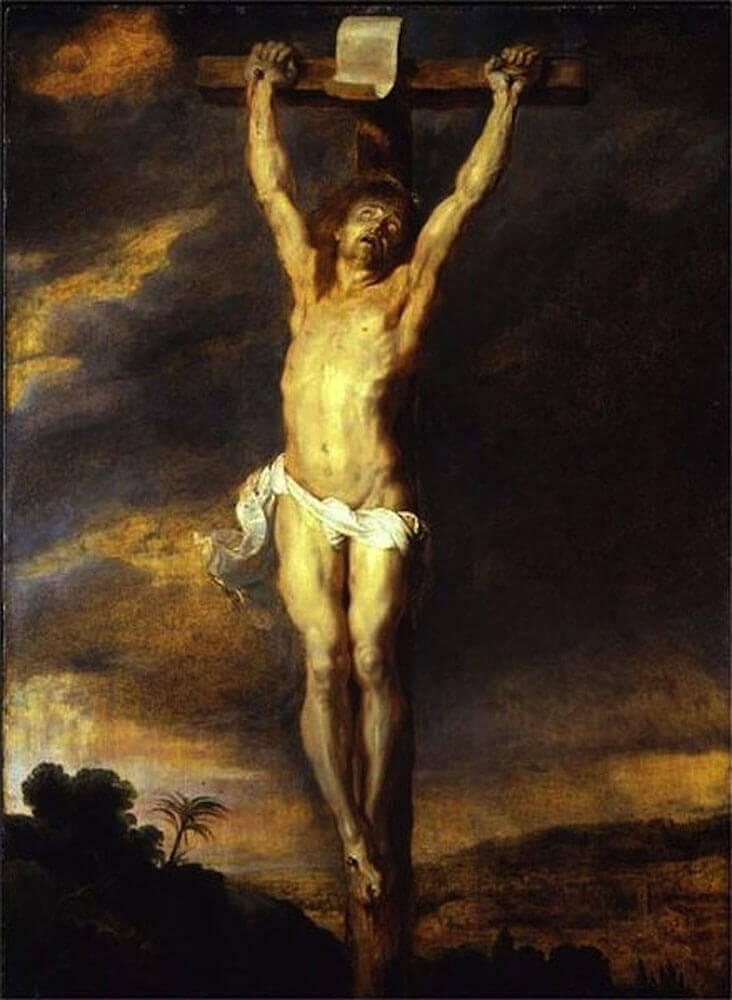We’re so used to the different tools and materials used for the Mass that we often don’t think about the deeper meaning behind them.
In his book Why Do Catholics Do That?: A Guide to the Teachings and Practices of the Catholic Church, Dr. Kevin Orlin Johnson explains the deeper symbolism in gold that can’t be found in other types of dishware.
The use of gold for sacred practices is derived from the ancient world because it is long-lasting. Dr. Orlin explains:
Gold is the perfect way to show that a god—any god—an angel, or any immortal being is showing himself forth to us on Earth. Because of its molecular structure, gold never tarnishes, never corrodes. It stays clean, bright, and shining forever, or at least until the end of Time. So gold is ideal for making things that have to do with everlasting life.
The Egyptians weren’t the only ancient people to use gold for sacred objects; Dr. Orlin notes that the Israelites also used gold in their sacred spaces. In Exodus, while the Israelites did stop worshipping their golden calf, they recognized gold’s significance and continued to use it in sacred spaces, namely the Ark of the Covenant. The Catholic Church adopted this model, reserving gold for the chalice that holds the Body and Blood of Christ.
Of course, not every church around the world uses gold chalices. Many parishes, especially in poorer areas, can’t afford gold chalices. Many theologians have debated over whether gold must be used to hold the Precious Body and Blood and which materials should be used for objects in the Mass. The Church expects that each parish must use gold chalices unless economic or other circumstances prevent them from doing so.
Gold is not just a beautiful metal; it signifies God’s eternity and Jesus’s True Presence in the form of bread and wine.
For more explanations on Catholic practices you may not have thought about before, check out Dr. Kevin Orlin Johnson’s Why Do Catholics Do That?




